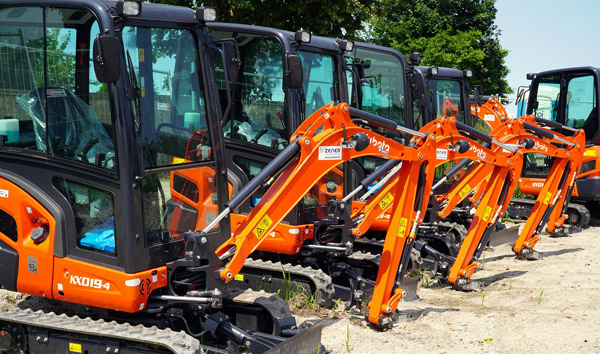Revolutionizing Debris Management with Rough Terrain Forklifts
2025-07-28 04:35:26
The demand for Rough Terrain Forklifts in debris clearance has surged in recent years, driven by the increasing frequency of natural disasters and large-scale construction projects. Unlike standard forklifts, these machines are engineered with reinforced chassis, heavy-duty tires, and advanced suspension systems to navigate uneven, muddy, or rubble-strewn surfaces. According to industry reports, the global market for rough terrain forklifts is projected to grow at a CAGR of 6.8% from 2023 to 2030, reflecting their critical role in modern debris management.
One of the key advantages of rough terrain forklifts for debris clearance is their ability to operate in environments where traditional equipment would fail. Equipped with high-torque engines and hydraulic lifting systems, these forklifts can handle loads exceeding 10,000 pounds while maintaining stability on slopes or unstable ground. Case studies from post-hurricane recovery efforts in Florida demonstrated that rough terrain forklifts reduced debris removal times by 40% compared to conventional methods. Their versatility also extends to handling irregularly shaped materials, such as broken concrete, twisted metal, and fallen trees.
Safety remains a top priority in debris clearance operations, and rough terrain forklifts are designed with multiple fail-safes to mitigate risks. Features like load-sensing hydraulics, anti-rollover technology, and 360-degree visibility ensure operators can work confidently in hazardous conditions. Industry data from OSHA highlights a 25% reduction in workplace injuries at sites utilizing rough terrain forklifts for debris clearance, underscoring their impact on operational safety. Additionally, advancements in electric and hybrid models are reducing emissions, aligning with sustainability goals in construction and disaster response sectors.
Looking ahead, the role of rough terrain forklifts in debris clearance will only expand as technology evolves. Autonomous navigation systems and AI-powered load optimization are already being tested, promising further efficiency gains. For industries dealing with large-scale debris, investing in these robust machines is no longer optional—it’s a strategic necessity.














